Director of National Gallery introduces 'Spirituality in Art'
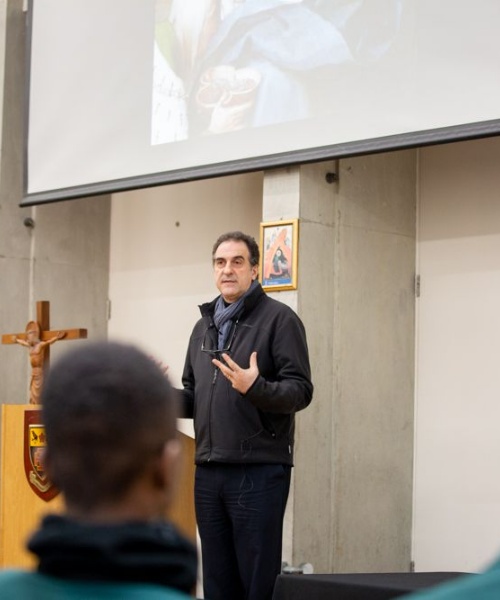
Dr Gabriele Finaldi, Director of the National Gallery, gave a fascinating talk on 'Spiritual passion in paintings' at St Benedict's on Friday 28th January.
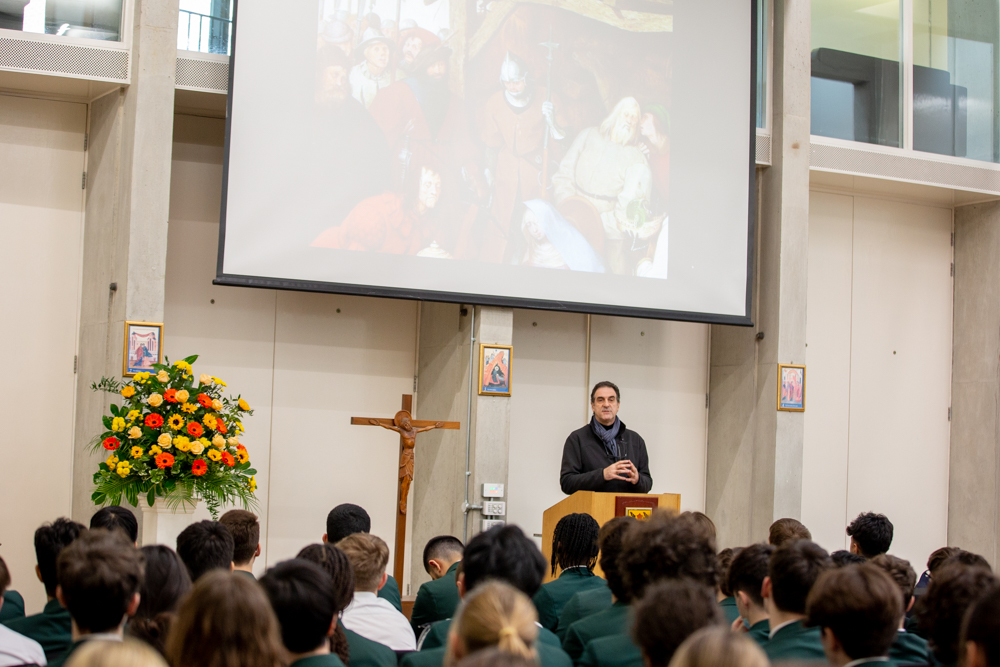
As part of the St Benedict's 120th Anniversary Theology and Philosophy Conference, students in years 10 and 11 were given an insightful tour of 'Spiritual passion in National Gallery paintings' from the Gallery's Director, Dr Gabriele Finaldi.
Two students in Year 10, Matthew and Oubai, review the talk:
On Friday the 28th of January 2022, the Upper and Lower 5th were given a talk by the director of the National Gallery, Dr Gabriele Finaldi. The talk was titled ‘Spiritual passion in National Gallery paintings, and was one of several events marking the 120th anniversary of St Benedict’s School.
We were first shown a painting by Jean Auguste Dominique Ingres, titled ‘Madame Moitessier’. The painting showed the aunt of Blessed Charles de Foucauld (1858-1916), a person who is an inspiration for Christians around the world; he is known for trying to convert people to the faith but was only able to covert one person before he was assassinated as a martyr to the faith. On 15 May 2022, Blessed Charles de Foucauld will be canonized.
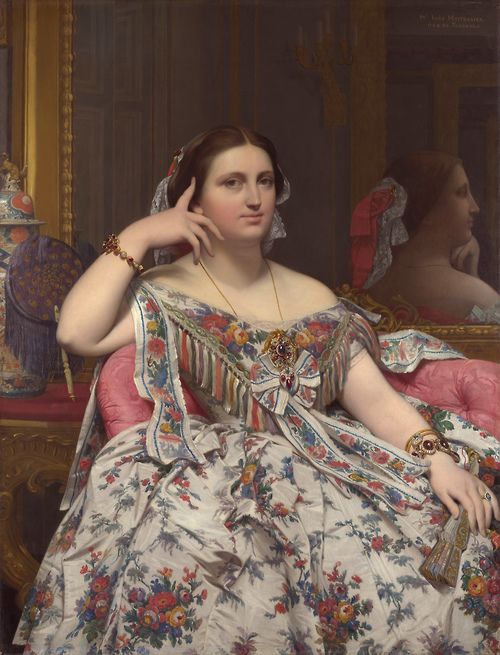
Dr Finaldi continued by showing us a work by Pieter Bruegel, called ‘The Adoration of the Kings’. It depicts a scene from the Nativity, however it is slightly strange as the colours should be richer. We can further see that the Holy Family are combined with an environment of violence as soldiers can be seen in the background which could symbolise the fact that Jesus was born into a world of violence and danger. We also see that Jesus is turning away from the gift of myrrh which can symbolise the fact that Jesus must die on the cross for us and is seen to be turning into a white sheet which can also symbolise calvary.
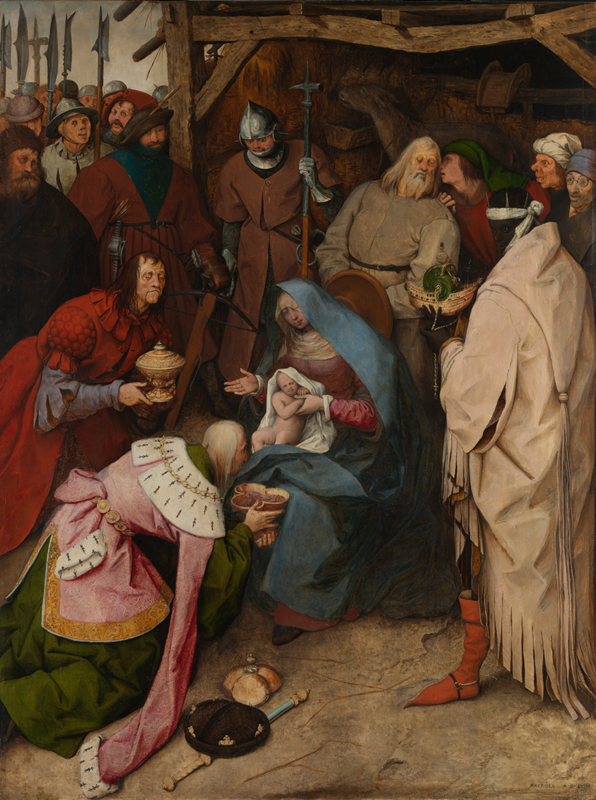
Dr Finaldi then brought up the subject of vulnerability by showing us a statue by Mark Wallinger named ‘Ecce Homo’ which was recently displayed on the Fourth Plinth in Trafalgar Square. 'Ecco Homo' translates to ‘behold the man’, which was said by Pontius Pilate. This piece poses questions to the viewer as it makes them reflect on themselves and on the death of Jesus. The statue looks insignificant compared to the big buildings around it and so also helps make the piece look simpler.
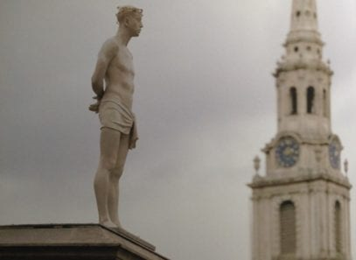
Dr Finaldi finished by talking about ‘A cup of water and a rose’ by Francisco de Zurbarán. This piece is very spare and is said to appear in two other religious paintings by the same artist; this links the paintings and suggests the work may be symbolic of Mary.
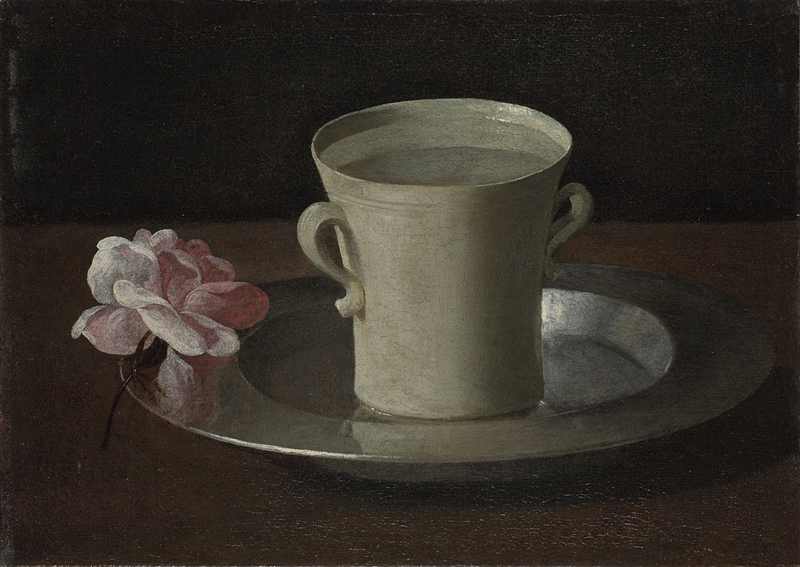
We thought that the talk was remarkably interesting and helped to link what we were learning in Religious Education with how it is expressed in life and art.
By Matthew & Oubai (Lower 5)